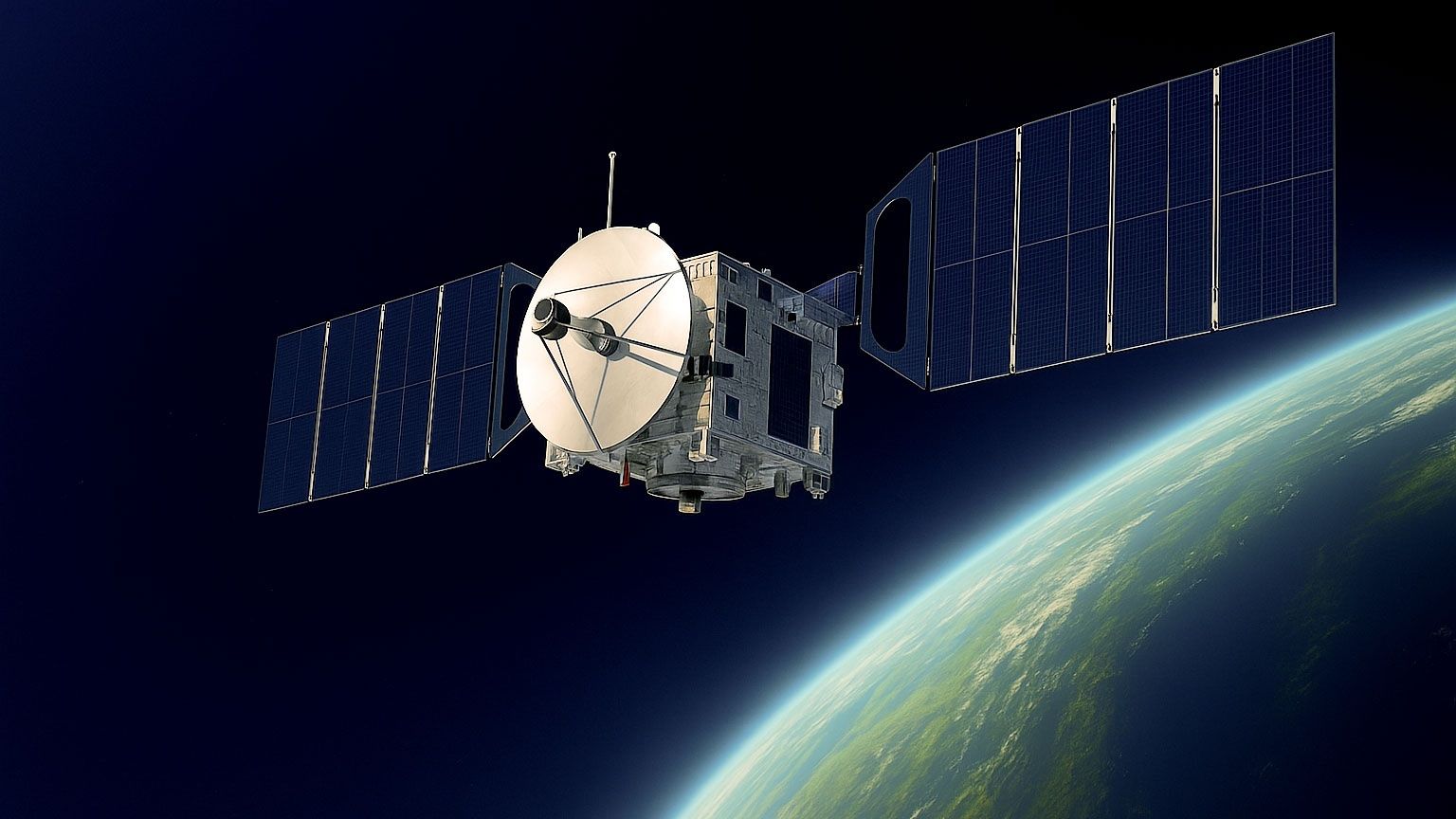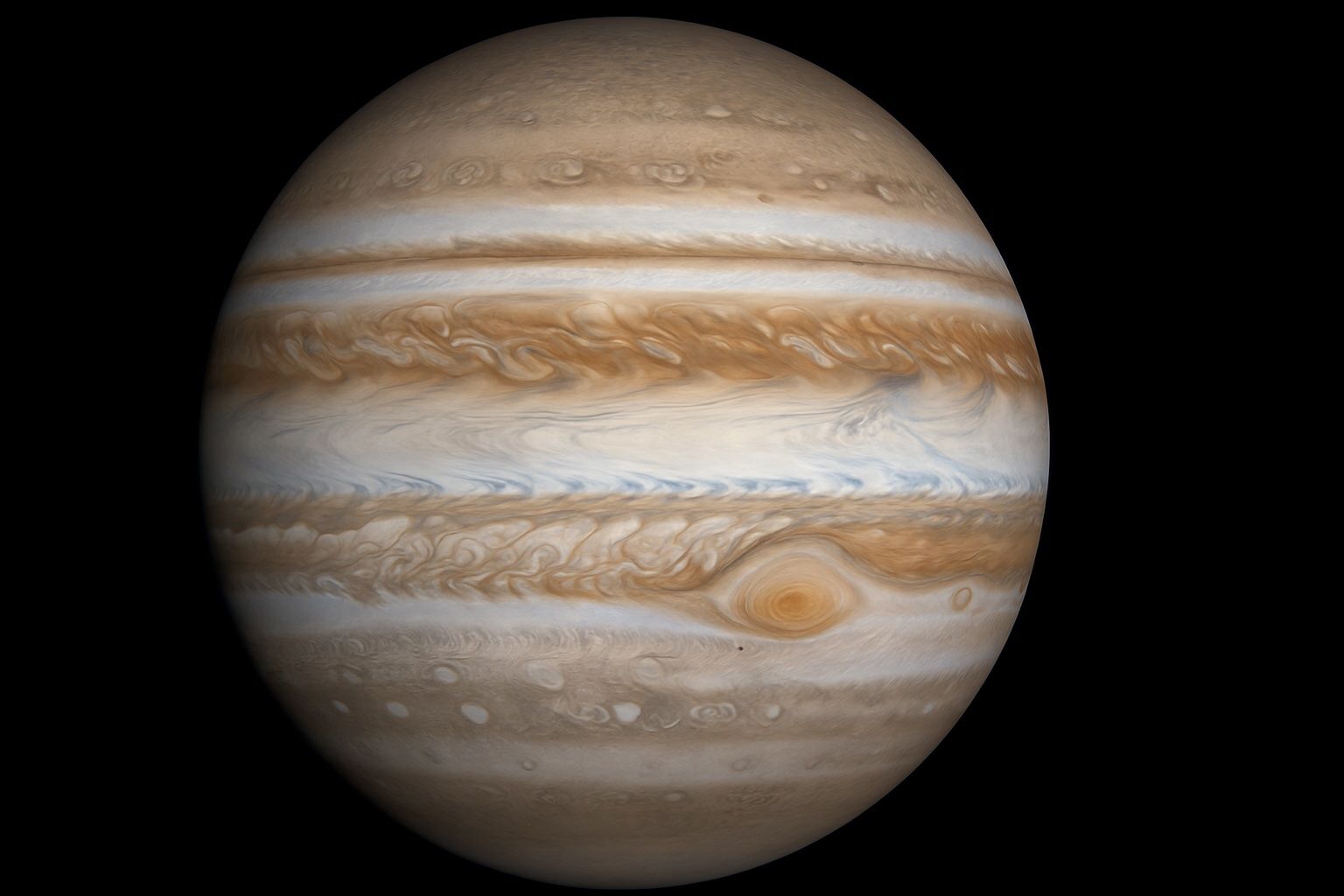
Pentagon’s Space Internet Nightmare: Why the Unified Satellite Network Keeps Stalling
The Pentagon aims to field a software-defined, multi-layer Enterprise SATCOM network that seamlessly routes data across DoD, allied, and commercial satellites in LEO, MEO, and GEO to support Joint All-Domain Command and Control (JADC2). In 2020 the Space Force and DoD CIO committed to the shift, with the SDA launching the National Defense Space Architecture (NDSA), later renamed the Proliferated Warfighter Space Architecture (PWSA), to field hundreds of small satellites as a mesh-layer backbone. Interoperable Hybrid Terminals would allow a single device to talk to any authorized satellite by software, with the Air Force aiming to field its first multi-network










